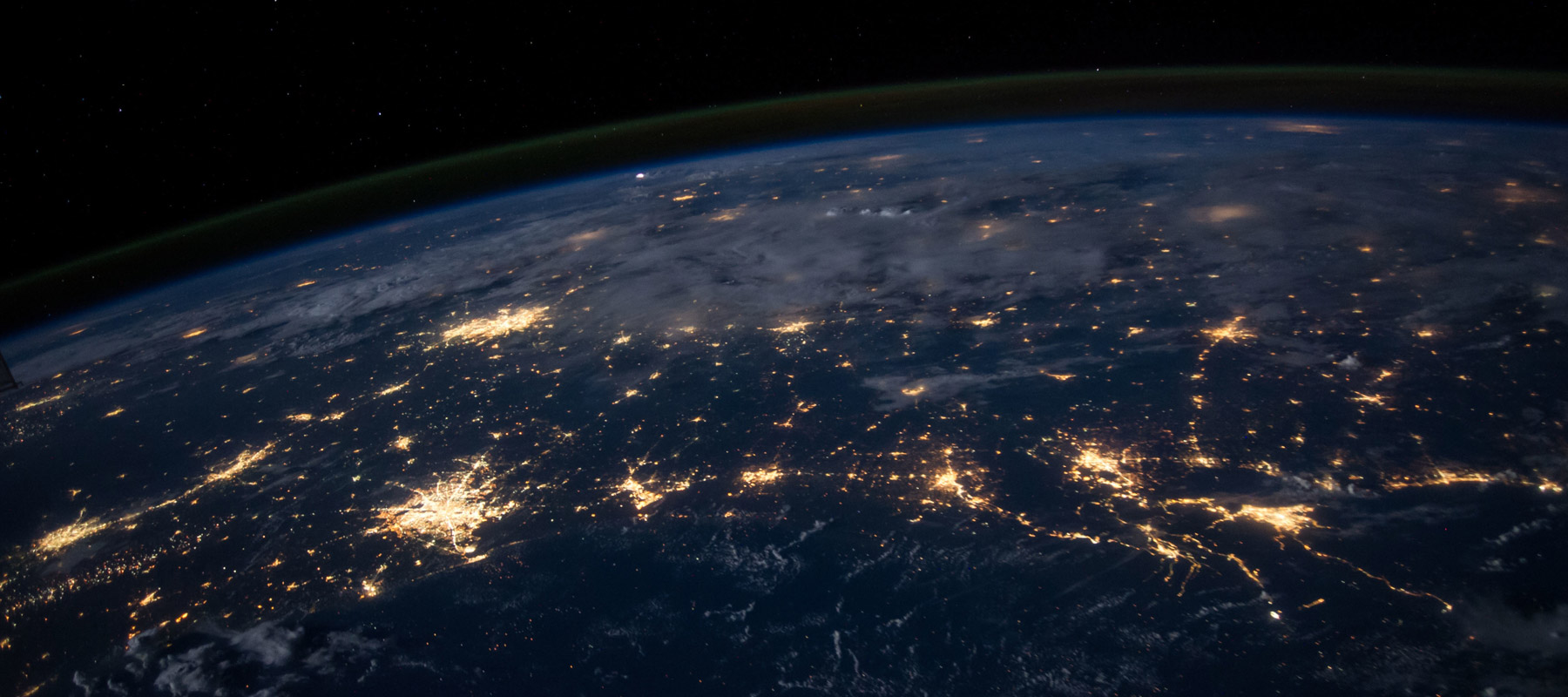The Question Stated: "Are The Planets Inhabited?"
The first thought that men had concerning the heavenly bodies was an obvious one: they were lights. There was a greater light to rule the day; a lesser light to rule the night; and there were the stars also.
In those days there seemed an immense difference between the earth upon which men stood, and the bright objects that shone down upon it from the heavens above. The earth seemed to be vast, dark, and motionless; the celestial lights seemed to be small, and moved, and shone. The earth was then regarded as the fixed centre of the universe, but the Copernican theory has since deprived it of this pride of place. Yet from another point of view the new conception of its position involves a promotion, since the earth itself is now regarded as a heavenly body of the same order as some of those which shine down upon us. It is amongst them, and it too moves and shines—shines, as some of them do, by reflecting the light of the sun. Could we transport ourselves to a neighbouring world, the earth would seem a star, not distinguishable in kind from the rest.
But as men realized this, they began to ask: “Since this world from a distant standpoint must appear as a star, would not a star, if we could get near enough to it, show itself also as a world? This world teems with life; above all, it is the home of human life. Men and women, gifted with feeling, intelligence, and character, look upward from its surface and watch the shining members of the heavenly host. Are none of these the home of beings gifted with like powers, who watch in their turn the movements of that shining point which is our world?”
